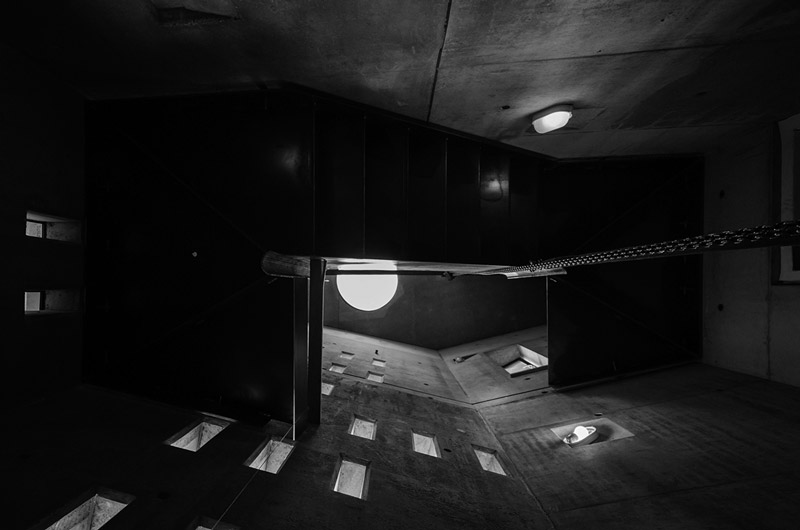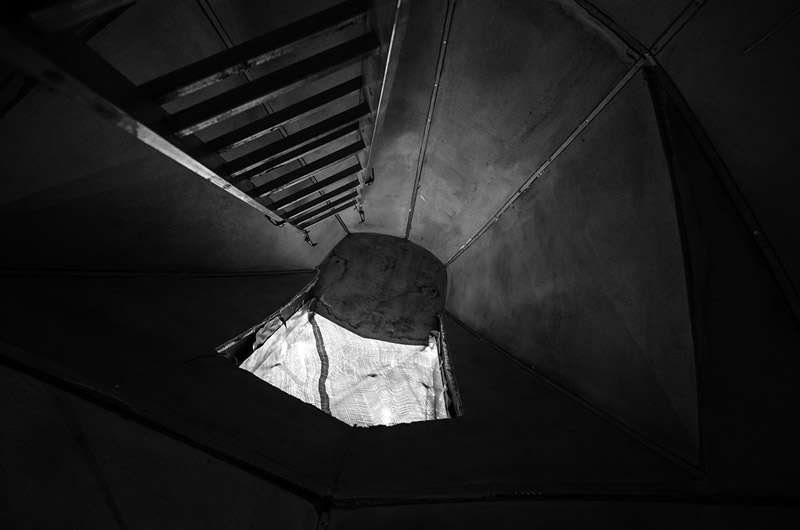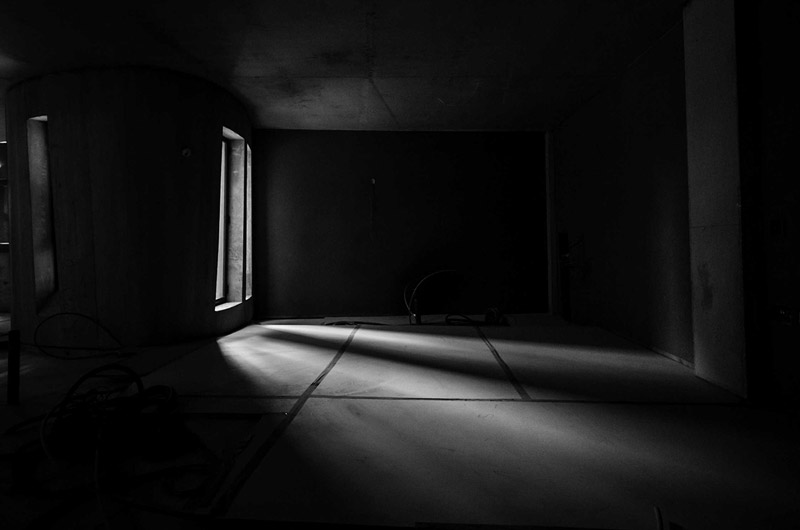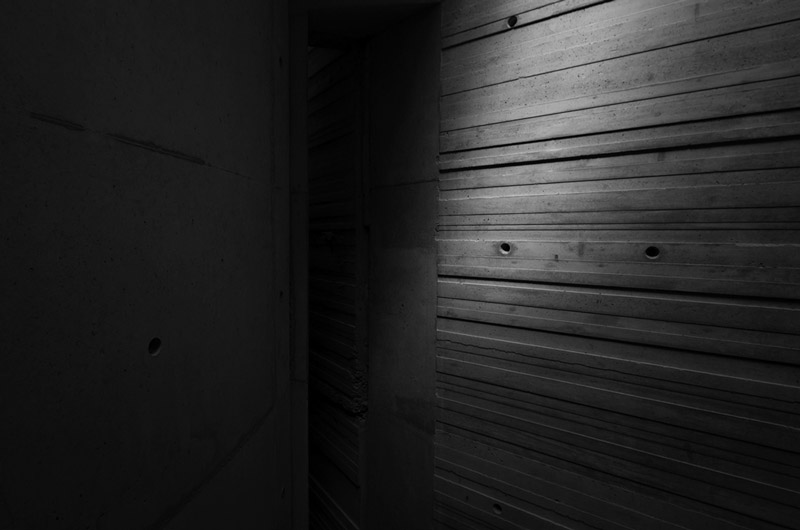Craftmanship
The joinery shop at furniture school is where craftsmanship is first learned and then developed through the mind’s eye of the apprentice. Endless timber joints are constructed and judged for their appropriateness and precision by the hand worker. Entering the workshop, the smell of toil, timber and glue reaffirms the necessary discipline needed to make perfectly constructed timber. Like a batsman going to the crease, an obsessive gesture is necessary to face the opposition and to make a successful innings. It is the iterative process whereby one learns from others the ‘way of the road’. One finds one’s own gestures, perhaps a way of standing, or a particular pair of shoes, a grip of the hand saw, or a ‘friendly ‘ tool trusted to be used over and over again. The craftsman’s tools are not sentimental trinkets or charms, but honed pieces of equipment that enable the craftsman to reproduce detail with precision; they are never lent or borrowed. On site, the craftsman always has his own tools.

Craftsmanship is the ability to choose a detail and reproduce it precisely every time – like the traditional Japanese carpenter who chooses the detail based on its structural/aesthetic potential from a vocabulary of joints developed and perfected during his career. The Walmer Yard craftsmen look to configure detail through their own vocabulary of constructed detail; in contrast, the designer is looking for consistency of detail that is sympathetic to the design strategy of layering, and a judgment of when to be overt or when to recede detail. It becomes a matter of negotiation to form particular detail.
There is undoubtedly fine workmanship at Walmer Yard. For both craftsmen and designers, it is an uncomfortable working practice. They are required to bring their experience, precision and ‘eye’ to bear on details and components not always tried before, let alone reproduced over and over again. This has been one of the few sources of conflict among an otherwise non-adversarial and respected site team and group of subcontractors. In David Pye’s book “Nature and the Art of Workmanship”, he writes about the ‘workmanship of risk’, in which the extent and weight used to carve depth and length into the timber form of a bowl is undertaken and understood through judgment and experience of the material. This ‘mind’s eye’ is brought to Walmer Yard. Detail is not judged by its accuracy to the architect’s drawings, but rather by its consistency alongside other details and their spatial ‘position’ in the building. This requires a measure of craftsmanship of a high order, in which site work is mixed with joinery shop-work, passing back and forth between location and the necessary levels of precision.

This was especially noticeable in the joinery packages and the copper work of guttering and ‘yurt’ structures. The complexity of the copper sheathing for the’ yurt’ covering required the development of detail on site. The copper subcontractor brought his experience to bear on 3D curved forms that required very subtle changes of facets on the face of the shell. Clearly, the standing seam would not retain and emphasise these subtle changes of form. A copper tile, tracing the fold line of the faceting, became the agreed detail. Conceptually, the tile work needed to extend from the more vertical faces of the yurt onto the roof slopes. This became a conflict where workmanship overtook conceptual reading. The roof copper is separated from the wall skin tiling by an eaves detail, allowing each copper form to exist in its own right. Such a detail copes with the low angle of the roof slope and resists the likelihood of leaks. The complexity of the roof forms meant that the setting out of the gauges for copper tile fixing required both patience and craftsmanship. The tile coursing had to be set out numerous times before an agreed pitch and tile size was agreed.
The black steel bathroom units, built conceptually like pieces of farm machinery with exposed and extended spot welds, became complex units requiring full size templates, each partially shop fabricated and finished on site. The carbonized steel as material in the raw, together with the simplicity of an exposed structure as in a tractor part, caused the downfall of a simple idea; it required great workmanship in order to cope with the geometry of form whilst retaining the surface quality of the carbonisation. Site fabrication became spectacle and drama behind green screens.

Because so much requires the judgment of the eye, workmanship is at a premium. In order to maintain such standards, everybody comes to the site with different expectations but always with a will to make the best possible building. This includes re-making and rebuilding if necessary, finding solutions to complex architectural and material problems, but always with a sense of mutual trust among the team. Under such circumstances, making the buildings at Walmer Yard has required a particular form of courage, because reliance on craftsmanship alone is not enough. Much of the work relies on workmanship, the courage to try and make a detail beautifully, which is not always in the vocabulary of the craftsman. Only with the concrete package was there an attempt to build up a body of knowledge, of technique and craftsmanship through discovery and repetition. Although crucial to the task, it still took great courage and skill to pour the insitu concrete – ensuring the correct placement in a tight building site with complex geometries into formwork, where striking the form was for the first time and the quality of the wall could be seen and admired. It needed the confidence and courage of the Site Manager and the Site Architect to achieve these results and their confidence in their workforce.
– Peter Salter

All images and video on this page © Andrew Corrigan